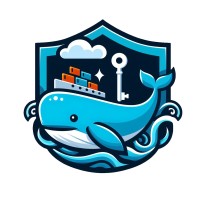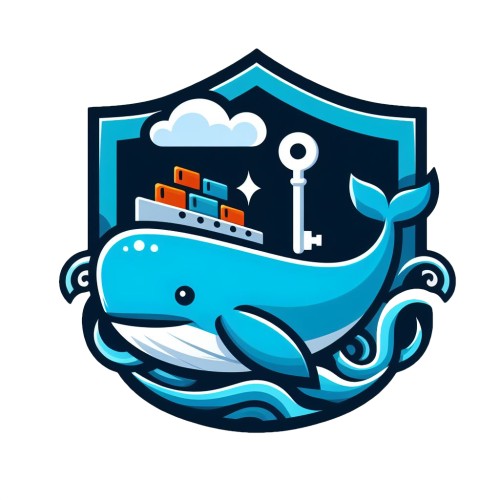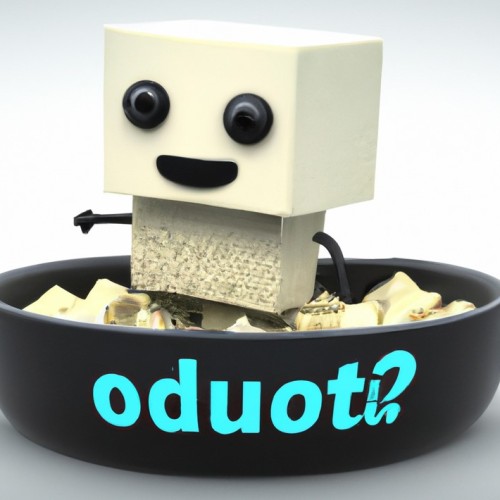Documenting software projects from the very beginning can be a daunting task. The flurry of
ideas, discussions, and decisions that happen during pre-sales talks, kick-off meetings, and
initial workshops can quickly become overwhelming to capture in traditional documentation
formats.
However, failing to document this crucial phase properly can lead to
misunderstandings, misalignment, and outdated information as the project progresses.
Recognising this challenge, experts in software documentation such as Patrick Roos, Gernot
Starke, and Benjamin Wolf have developed innovative approaches to streamline the
documentation process.
Among these approaches is the arc42 Canvas, a tool designed to
kickstart architecture documentation and facilitate shared understanding among project
stakeholders.
The Challenge of Documenting Early Project Phases
The initial starting phase of a software project is critical for laying the foundation of the
architecture. However, it's also a phase characterised by a high degree of uncertainty and
rapidly evolving requirements. Traditional documentation methods struggle to keep pace
with the dynamic nature of this phase, often resulting in incomplete or outdated
documentation.
Introducing the arc42 Architecture Inception Canvas
The arc42 Achitecture Inception Canvas is a structured template that helps teams capture
and align on essential aspects of a software project's architecture from the outset.
Developed by Gernot Starke and Patrick Roos, the arc42 Architecture Inception Canvas is
based on the principles of the arc42 documentation standard, which provides a
comprehensive framework for documenting software architectures.
How the arc42 Architecture Inception Canvas Works
The arc42 Architecture Inception Canvas consists of several sections, each focusing on key
architectural considerations:
1. Business Case: Outline the economic reasoning for the project and the goals it aims to
achieve.
2. Functional Overview: Document the most important functional requirements.
3. Business Context: Define the context in which the system will operate and specify its
external dependencies and constraints by pointing them out (e.g. in a module diagram).
4. Organisational Constraints: Identify constraints on an organisational level.
https://canvas.arc42.org/downloads
Benefits of Using the arc42 Architecture Inception Canvas
In a second step the Canvas turns out to be a great basis for an actual arc42 documentation
and is therefore not only relevant for the start of a project but throughout the whole lifecycle.
5. Technical Constraints: Identify technical constraints and architectural drivers that will
influence design decisions.
6. Technical Challenges & Risks: Highlight known challenges, potential risks, and
record any assumptions made during the inception phase.
7. Architectural hypotheses: Document the architectural hypotheses derived from the
information in the canvas.

arc42 canvas - useful tool to document software development project
- Efficiency: The canvas streamlines the documentation process, enabling teams to capture essential aspects of the architecture efficiently.
- Alignment: By providing a structured framework, the arc42 Architecture Inception
Canvas helps align stakeholders' understanding of the project's goals, requirements,
and constraints. - Clarity: The visual nature of the canvas facilitates communication and ensures that
important architectural considerations are not overlooked. - Flexibility: The arc42 Architecture Inception Canvas can be tailored to suit the needs
of different projects, allowing teams to adapt it to their specific requirements. - Iterative Working: The Canvas can be renewed to incorporate new information or just
adapted and kept in sync with the latest information.
In a second step the Canvas turns out to be a great basis for an actual arc42 documentation
and is therefore not only relevant for the start of a project but throughout the whole lifecycle.
This was totally inteded by the inventors and described by Roos as he mapped most of the
topics covered to chapters in the arc42 standard:
1. Business Case: 2. Functional Overview
2. Functional Overview: 3. Quality Attributes
3. Business Context: 1. Context, 7. External Interface
4. Organisational Constraints: 4. Constraints
5. Technical Constraints: 4. Constraints
6. Technical Challenges & Risks: /
7. Architectural hypotheses: 13. Decision Log
Advertising our small contribution
There are multiple formats of the Canvas available to allow printing and online collaboration.
Our colleague Martin Pfeffer created a version for excalidraw (a cool tool!) which is yet to be
published to the tool, but can be added to your library via this link.
Great tool for software documentation
The arc42 Canvas offers a practical solution to the challenges of documenting architecture
in the early stages of a software project.
By providing a structured framework for capturing key architectural considerations, the arc42 Canvas helps teams build a shared
understanding of the project's goals, requirements, and constraints.
Ultimately, this leads to more effective decision-making, improved collaboration, a basis for good long term
documentation and better outcomes for software projects.










